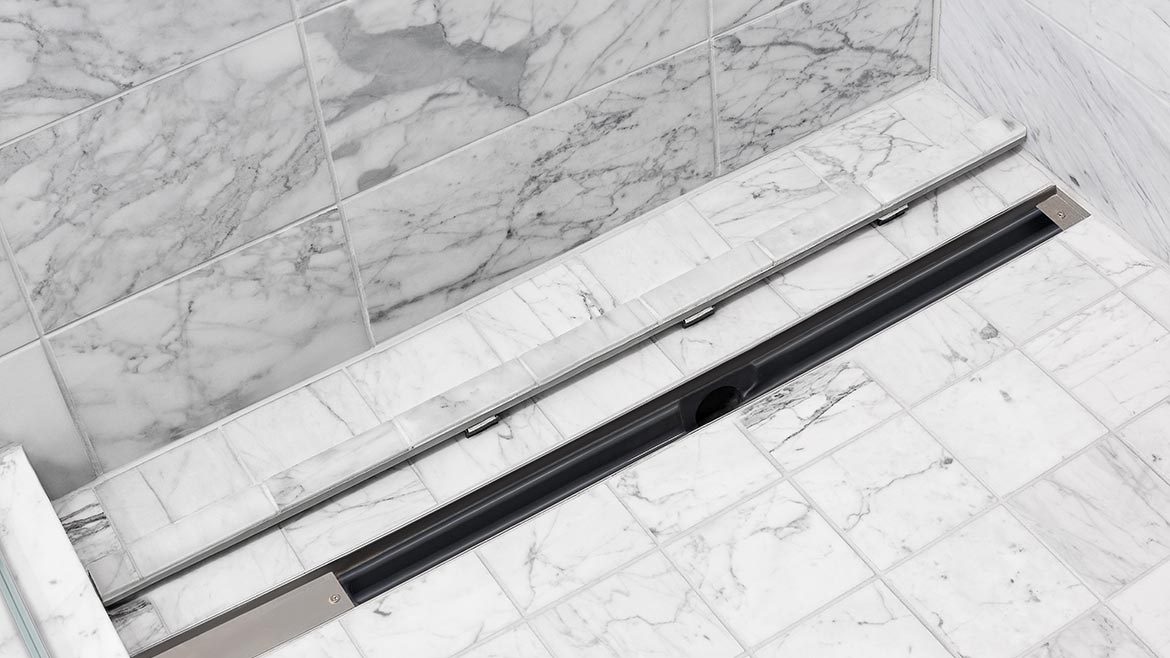The hospitality sector was the hardest hit by the pandemic, and there is still a long way to go before a complete recovery. Yet as more people are vaccinated and group activity slowly resumes, flooring professionals are cautiously optimistic, and are looking forward to showcasing the designs we’ll see in our leisure spaces in the coming months.
“I think it’s still going to be the end of 2023 or the beginning of 2024 before hospitality is truly back to that 2019 level,” said David Duncan, senior vice president of hospitality sales, Durkan Hospitality. He noted that while recovery will take some time, he expects to see an uptick in renovations leading to an increase in sales, just as home remodeling boosted residential flooring business during the pandemic. “I think the same wave of renovation is going to hit the commercial sector. It’s just going to be a few months out.”
Indeed, as we begin to plan journeys and dine out for the first time in months, we are longing for refreshed interiors that will enhance our experiences. “People have decorated their homes, and now the next step is going to be decorating their extended homes, the hotel spaces and wherever we travel,” said Arnavaz Barshan, director of design for Durkan Hospitality.
Capturing the essence of each locale is going to be key, especially as many people will decide to take shorter trips nearby as they ease into traveling. “For hospitality, flooring has historically been customized by property to create a unique look and experience for the guest,” said Shannon Griffiths, hospitality market segment manager at Interface. “Now, with travelers wanting to rediscover their roots and surrounding communities, there is an increased focus on designing a hyper-local experience that reflects the culture and history of a city or town.”
For companies, the messaging will reflect concern for the environment like never before. Although the past few years have seen a desire to care for the earth, the pandemic has accelerated the desire to make more thoughtful product choices. “I think everybody has had a chance to think about what they really want and what life means to them,” Barshan noted. “And I think the sustainability stories of the design leaders and manufacturers are going to be a big part of the narrative.”
Duncan agreed, adding that while performance is still a significant driver, specifiers are evaluating elements through a holistic lens. “Everybody recognizes that we do need to take care of the planet, and we need to make sure that we’re utilizing resources in a smart way.”
Sustainability is now a much more important discussion to have with the leading hospitality brands.”
“In a pre-COVID world, there was already a big trend towards wellness and that connection of biophilia and biophilic design elements that really enhance the guest experience,” said Cindy Kaufman, director of hospitality marketing, Shaw Contract. “There’ve been a lot of studies done that actually show that biophilic elements increased dwell time in public spaces, for example. If you’re a hotel owner and you want your guests to spend more time ordering another coffee or another cocktail in the lobby, biophilic elements are going increase dwell time, which can be translated into increase revenue. So there’s an interest from ownership and designers to utilize those elements, not just because they’re beautiful, but because they really do enhance the guest experience.”
We are also bringing organic styles indoors as we seek to align with the outside world. “Over the past year COVD-19 confined us all to our homes,” said Griffiths. “During this time, getting outdoors and connecting with nature became progressively more important for both physical and mental health. Cues from nature inspired our designers in creating the 2021 product portfolio, and we expect biophilic design to be a major segment focus moving forward.”
Barshan noted that tints will be more subtle, as we adjust to post-pandemic life and look for comfort in our commercial interiors. “I think there’s going to be a need for softer transitions, and colors are going to be leaning toward warm tones and pastels. Toward the end of the year, I feel that color is going to be gaining momentum, and I think we are going to start seeing some stronger tones come in, but still keeping that warmth.”
Barshan add that pattern continues to be quieter, too, but as a hallmark of hospitality flooring, it is here to stay. “Patterns will be softer and more fluid. They have to be easy on the eyes as everybody moves from their comfort zones at home and back out into the world again.”
Hard and soft surface flooring is used in combination to enliven a range of areas, but LVT remains popular with specifiers because it is easy to clean and maintain.
“LVT into the hospitality market is barely seven years old, said Bill Palmer, vice president, hospitality sales, Armstrong Flooring. “If you go back seven years ago, there was hardly any LVT in two-star and above properties, period. It was carpet, carpet and more carpet. And so, really in the last seven years is where you’ve seen your major brands, make a push to LVT.”
The sector continues to opt for LVT with inset rugs. “Similarly, we see more requests for wall-to-wall LVT where we used to see soft surfaces,” Griffiths said. “Hoteliers and guests view this flooring solution as sleek and clean, and we expect to keep trending toward an increase in resilient flooring demand in the market.”
With a number of new options available and more launches on the way, hospitality flooring is poised to elevate our interiors again, and bring meaning to our interactions within each space. “We are going to see a lot of products that are meaningful and have stories that inspire us,” said Barshan. “That’s going to be the major trend.”




















